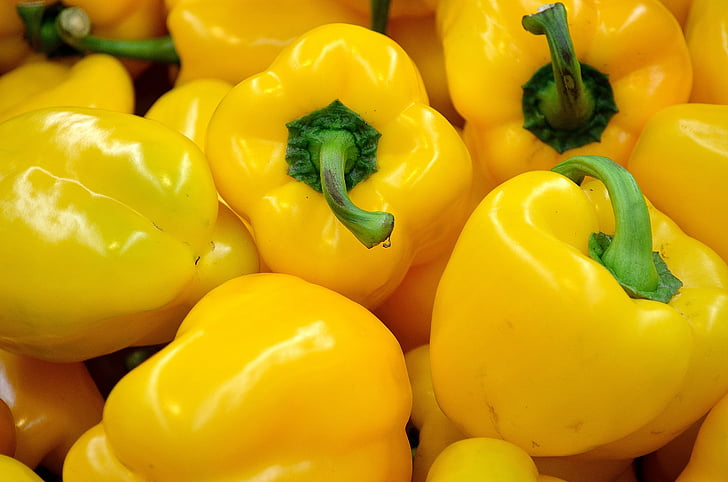Growing Peppers Indoors – Guidelines & Tips
Growing peppers indoors can be a great way to add spices, heat, and flavor to your favorite dishes. Many types of peppers can be easily adapted to indoor conditions and can flourish in pots and containers all year around. If you’ve been curious about growing peppers indoors, here’s some tips and guidelines to get you started.
Provide Plenty of Sunlight & Heat
Peppers grow best in warm and sunny conditions, with temperatures between 60-80°F (15-26°C) and plenty of direct sunlight. Peppers need at least 6 – 8 hours of sunlight each day in order to thrive. If your house doesn’t get a lot of natural light, you’ll need to supplement it with grow lights. Make sure to turn the grow lights on in the morning and off at night to mimic natural day and night cycles.
Choose the Right Container
When growing peppers indoors, it is important to choose pots or containers that are deep enough for the pepper plants to grow comfortable and securely. Standard 12 – 16 inch (30 – 40 cm) pots with drainage holes in the bottom are ideal. Depending on the type of pepper you are growing, you may need a larger pot for bigger plants.
Add the Right Soil
Choose a light, well-aerated potting soil mix that will provide enough nutrients for the pepper plants to grow and thrive. Good soil should drain quickly and be light enough to promote root growth. Be sure to add some organic fertilizer to the soil before planting to get the best results.
Water Consistently
Growing peppers indoors will require a consistent watering schedule, with water every 1 – 2 days. Make sure to check the soil regularly to determine if it’s ready for a deep soak. The soil should be nearly dry before you add more water. Overwatering peppers can cause their roots to start rotting, so it’s important to get the balance just right.
Fertilize & Prune Regularly
Add some extra fertilizer to your pepper plants every 2 – 3 weeks to keep them growing strong and healthy. Be sure to prune your pepper plants regularly to remove dead or damaged leaves and stems. Regularly pruning your pepper plants will also keep them from becoming too top-heavy and falling over.
Monitor & Protect Against Pests
Pests like slugs, aphids, spider mites, and whiteflies can quickly destroy your pepper plants. Keep an eye out for signs of pests, and if any are found, act quickly to remove them. Natural remedies like neem oil or insecticidal soap work great.
Growing peppers indoors is an enjoyable and rewarding project for anyone who is up for the challenge. By following these guidelines and tips, you can have a thriving pepper garden at home all year round!



